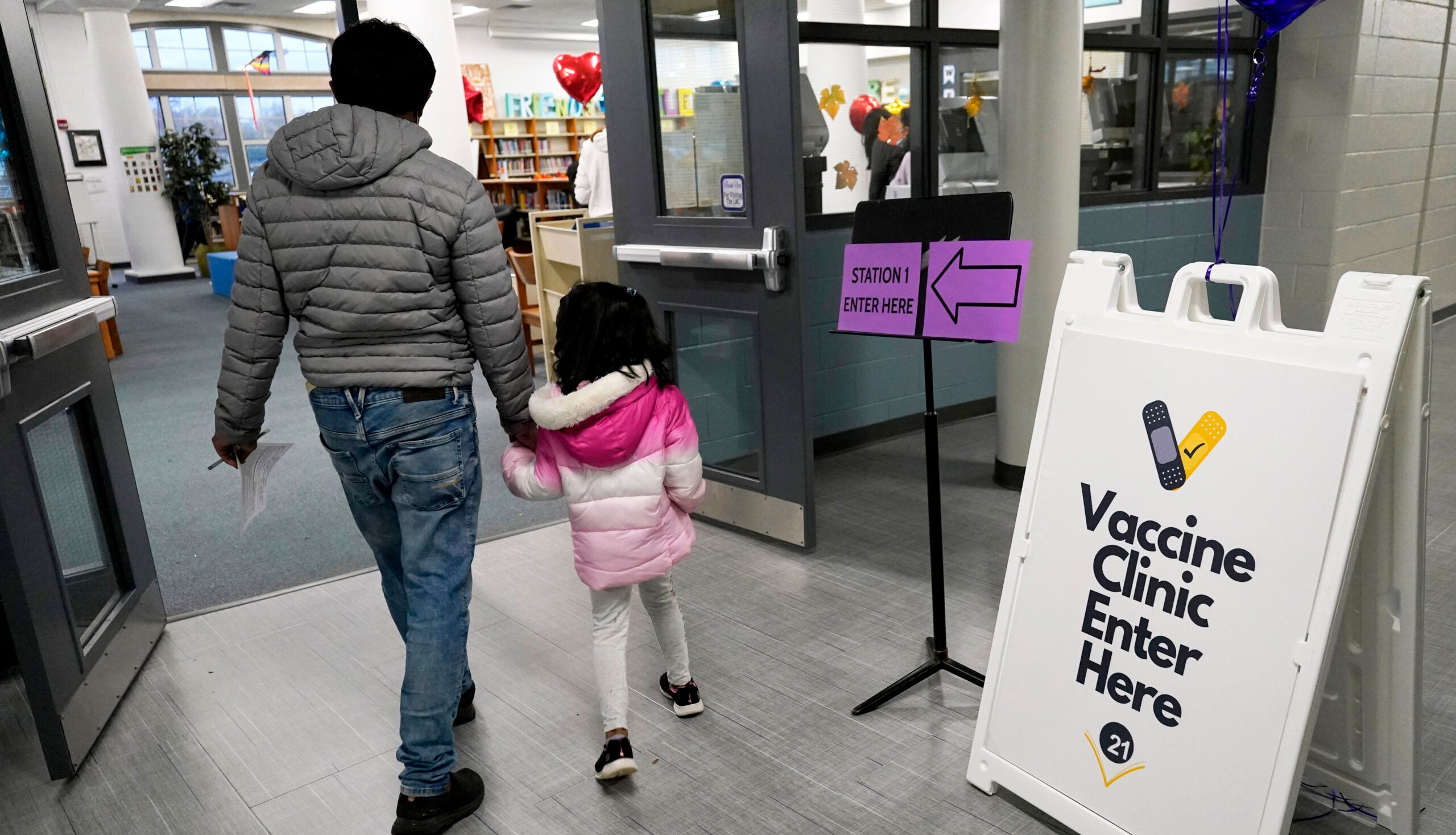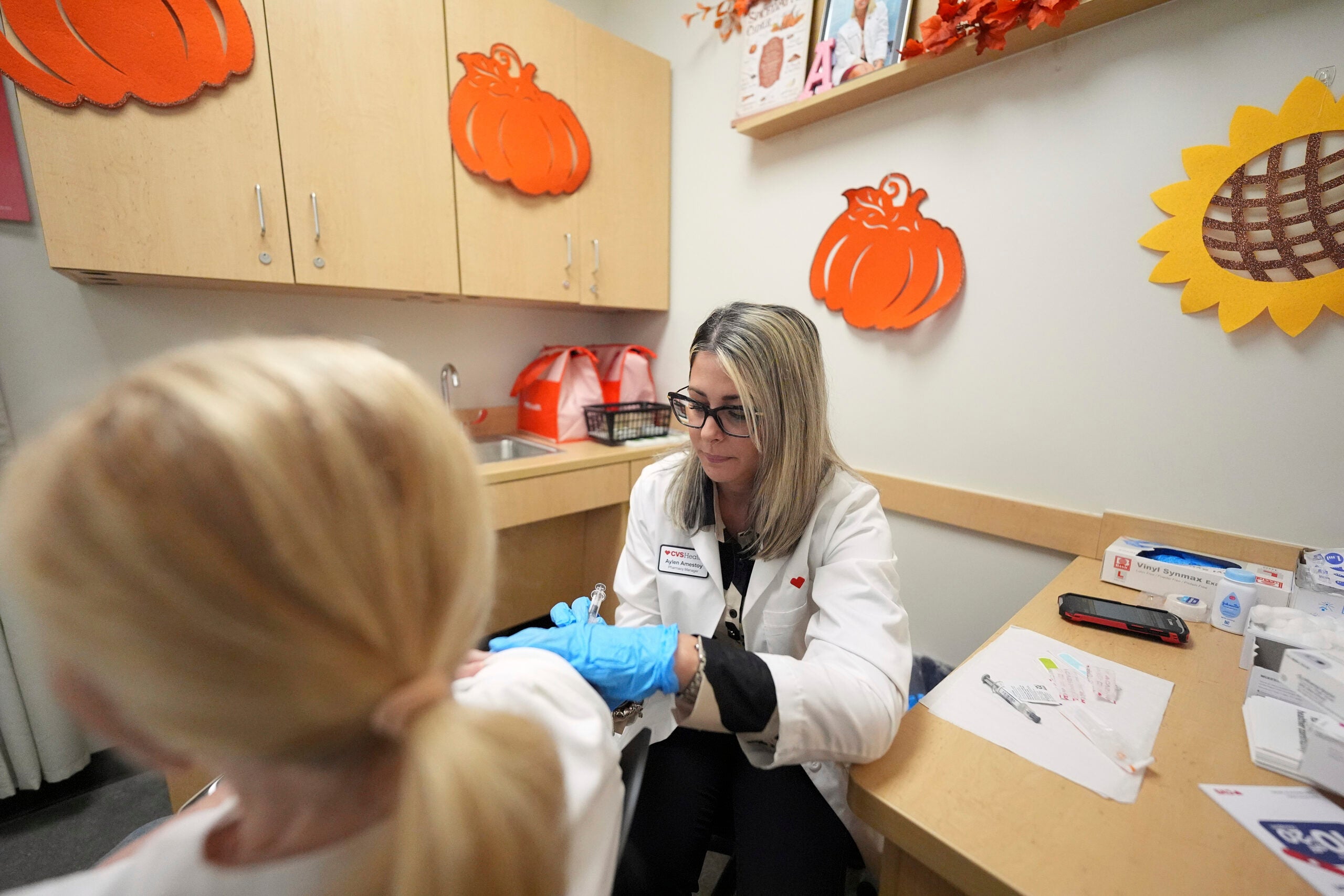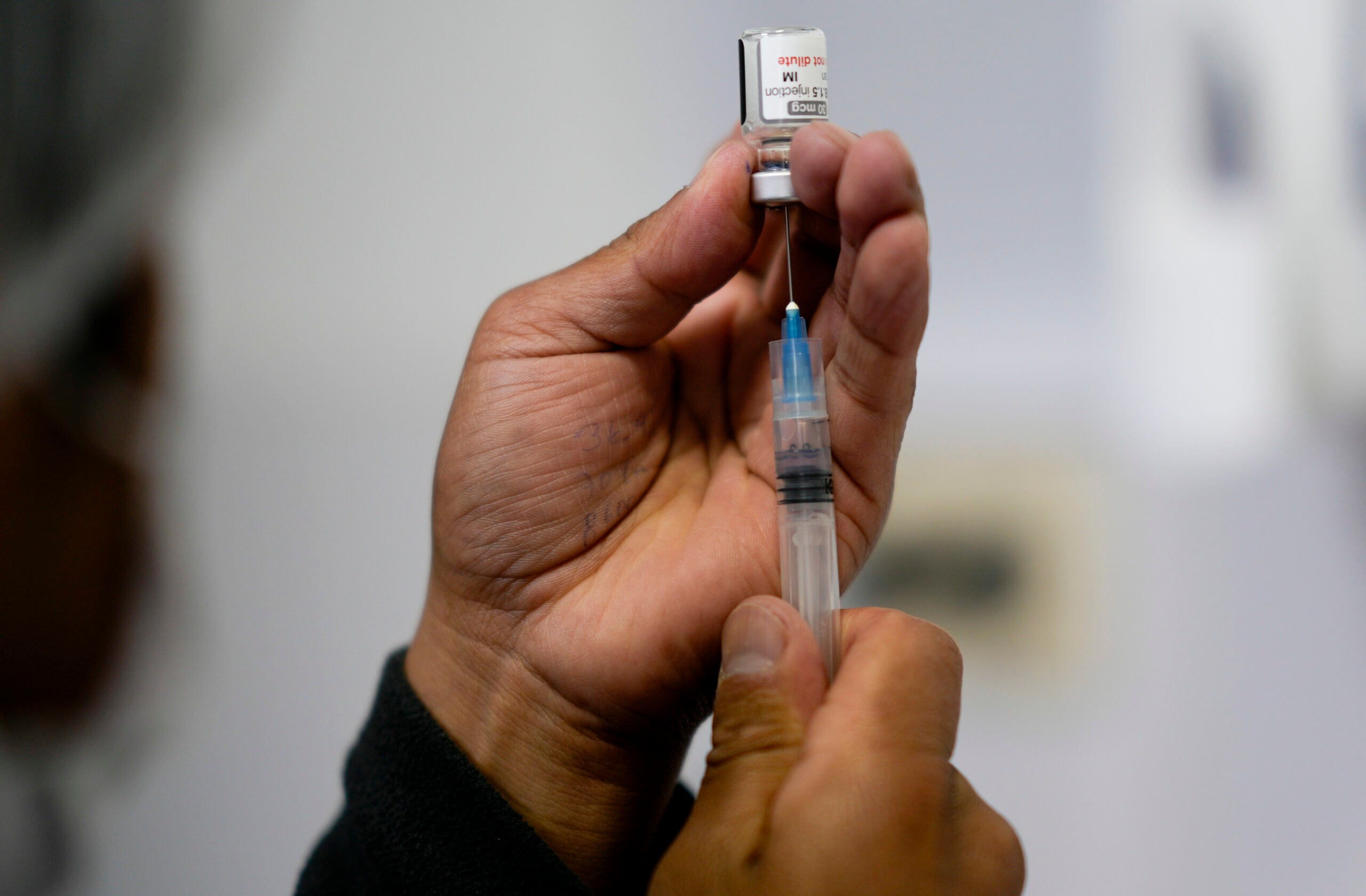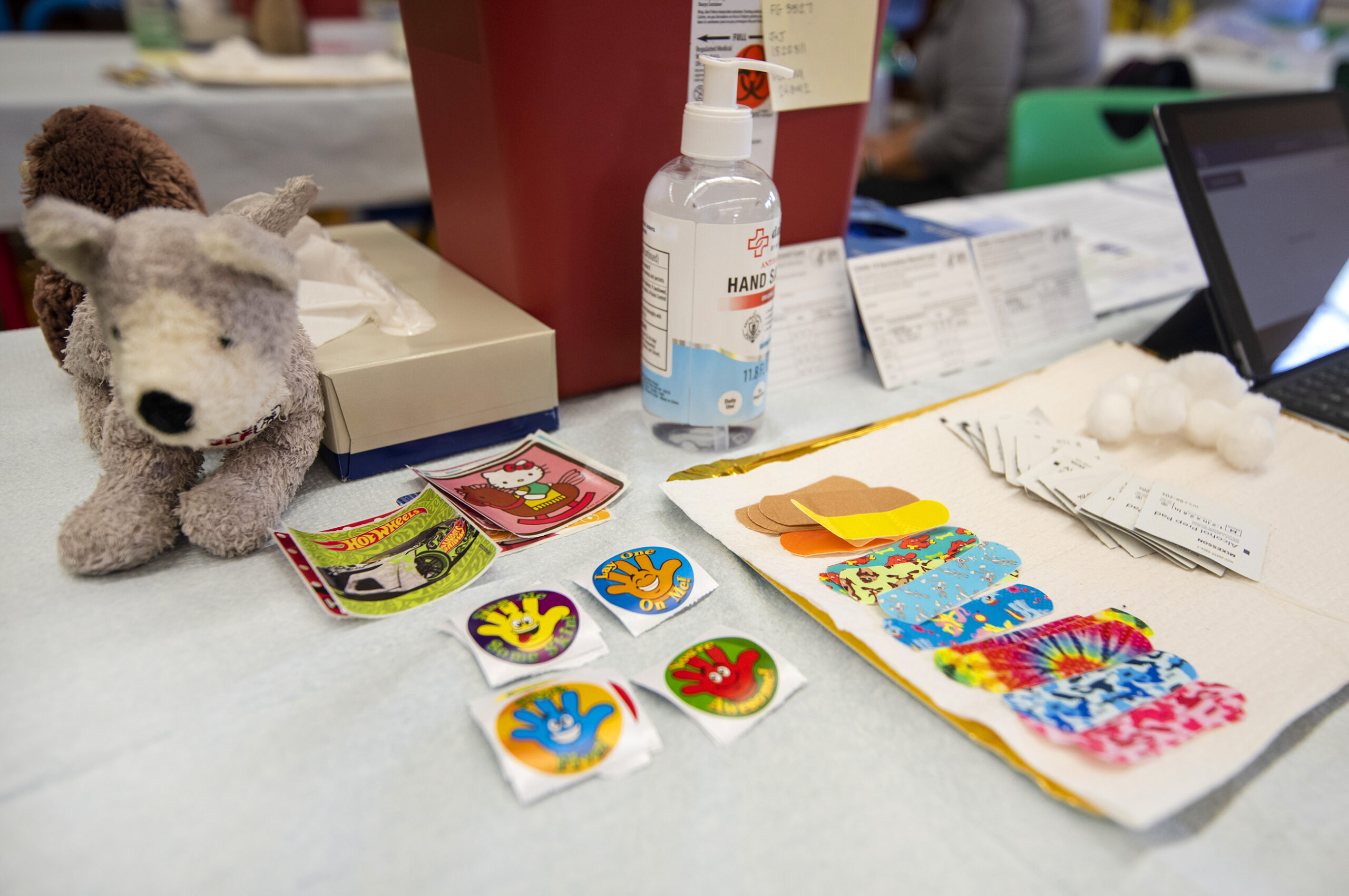Local and tribal health officials across western Wisconsin are urging people to be vigilant about wearing masks and social distancing as surrounding states like Minnesota are experiencing a high number of coronavirus cases.
In a letter shared Tuesday, officials from 18 counties and three tribes urged people to wear masks, socially distance, wash their hands, avoid large gatherings and get vaccinated.
“The Western Region of Wisconsin is still seeing cases of COVID-19, including those from COVID-19 variants,” the letter states.
News with a little more humanity
WPR’s “Wisconsin Today” newsletter keeps you connected to the state you love without feeling overwhelmed. No paywall. No agenda. No corporate filter.
Health officers and county leaders warned about the high number of COVID-19 cases being reported in neighboring states, such as Minnesota.
“This means our area will likely soon see higher numbers if actions are not taken, as this increase is already being experienced in border counties,” said the letter. “This is also important because even though your local hospital may not have significant impacts from COVID-19, patient transfers may be impacted or delayed.”
Minnesota had the nation’s fifth-highest rate of new infections and the ninth-highest hospitalization rate for COVID-19 in the week ending April 21, according to the Minneapolis Star Tribune. State data shows the seven-day average of positive cases has declined from earlier this month.
County and tribal health officials who signed onto the letter emphasized that less than 40 percent of eligible residents in their communities had been fully vaccinated.
Eau Claire City County Health Department Director Lieska Geise said the goal has always been to have 80 percent of residents get vaccinated, which would provide what is known as herd immunity. According to data from the Wisconsin Department of Health Services, 36.2 percent of residents in Eau Claire County have been fully vaccinated.
Giese said anecdotally her department is seeing vaccine hesitancy among some populations, like people 30 years old and younger and people who are politically more conservative. National polling has found a huge partisan divide in attitudes toward the vaccine. Republican men are most likely to refuse the vaccine.
Giese said her office has been working with local organizations to boost efforts to combat vaccine hesitancy.
“Last week, for example, we worked with the (Eau Claire Area Chamber of Commerce) and one of the organizers of one of our big music festivals to share with the community why it’s important for businesses and event operators for us to have less disease spread and more people.”
The number of COVID-19 cases in Douglas County, home to the city of Superior and neighbor to Duluth, is closing in on roughly 4,000 cases of the virus since the pandemic began.
Douglas County Health Officer Kathy Ronchi said the county has seen cases edge upward across the border and locally since spring break. She noted half the county has not been vaccinated, and the number of people seeking the vaccine has leveled off. As of Tuesday, 44.9 percent of county residents have received one shot and roughly one-third have completed the vaccine series.
Ronchi said they’ve been trying to reach people who don’t think the virus would significantly impact their health.
“You’re still then a host for the disease, and the disease will continue to circulate within our community, and the disease will change and that potentially can be more harmful for others,” said Ronchi. “So, we’re asking people don’t be the host, either by staying away from other unvaccinated people or be vaccinated.”
She said that’s especially important for children under age 16 who are unable to be vaccinated at this time.
After the Wisconsin Supreme Court threw out the state’s mask mandate, more school boards are deciding whether to continue the use of masks on school property. Ronchi encouraged schools to maintain the use of masks and social distancing through the end of the school year.
In La Crosse County, just under half of the county’s 118,000 residents have received one dose of the vaccine while 37.3 percent have been fully vaccinated. The county has seen an uptick in cases as some children have gone back to in-person learning, said Jane Klekamp, the county’s acting health officer and associate administrator.
“I think part of the reason to do it now was just to remind people that even though things are so much better, and people have been doing so well and are so patient, we just need to hang in there a little bit longer until more people can get vaccinated,” Klekamp said.
Klekamp said they’re not trying to shame people into getting vaccinated but rather encouraging people to practice behavior that will limit the spread of the virus. She also highlighted that on Tuesday, the Centers for Disease Control and Prevention eased mask guidelines for vaccinated people.
“I think the encouraging piece is once the vast majority of the people are vaccinated, it really opens up a lot of possibilities and opportunities for all of us,” she said.
Pierce County Public Health officer AZ Snyder said they have “one of the highest rates of disease in the state of Wisconsin right now” along with Sawyer, Burnett, Polk and St. Croix counties. At the same time, she said demand at Pierce County’s mass vaccination clinic in Ellsworth has fallen off.
“Instead, during the month of May (we) will be offering five mobile clinics to our communities where it’s walk in during an evening from 4 to 6 p.m. in a rural community like Plum City or Spring Valley,” said Snyder. “And you can just come walk in with your family, we’ll vaccinate you, and then we’ll come back 20 days later.”
Snyder said she’s hopeful removing barriers, such as long drives, will help convince those on the fence about getting a COVID-19 vaccine to do so.
Wisconsin Public Radio, © Copyright 2025, Board of Regents of the University of Wisconsin System and Wisconsin Educational Communications Board.






